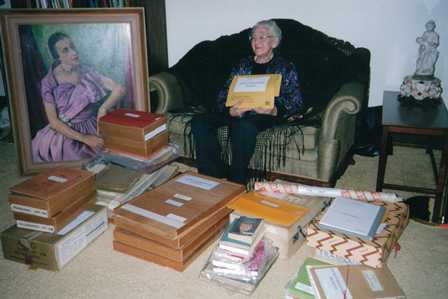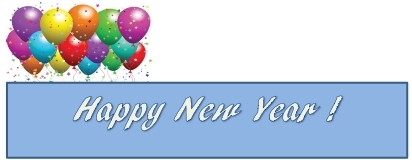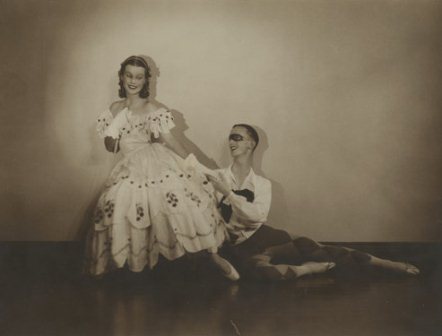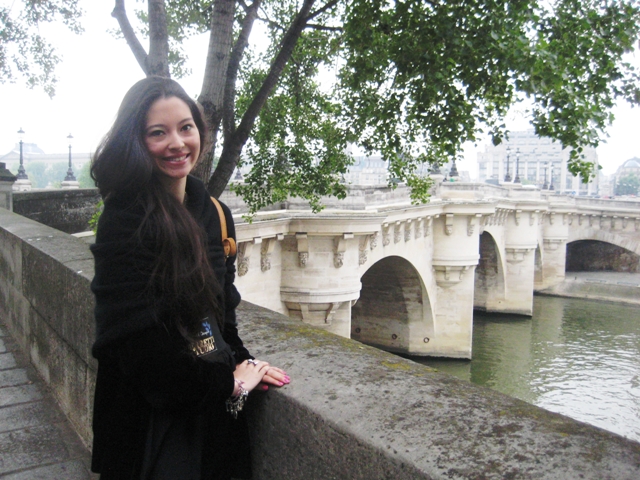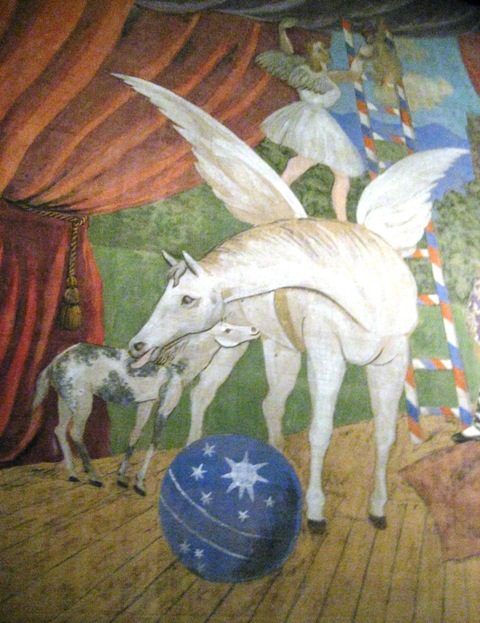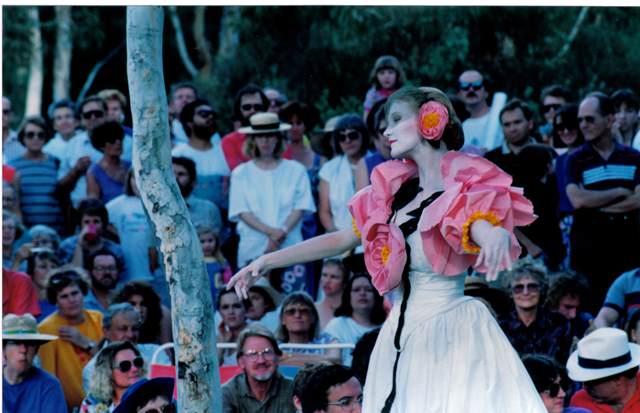- Meryl Tankard
Philippe Charluet of Stella Motion Pictures has kindly given me permission to use clips from some of the work he has done with Meryl Tankard. They include excerpts from a short documentary, Meryl Tankard: a unique choreographic voice, made for Spring Dance in Sydney in 2011, and some excerpts from Tankard’s work Possessed, made for the Barossa Arts Festival in 1995 in conjunction with the Balanescu Quartet. The clips give a glimpse of Tankard’s extraordinarily diverse output (apart from being so beautifully filmed and edited) and make me wonder why works like Two Feet, Nuti and so many others have never been made available commercially.
Here are Charluet’s clips:
- The unauthorised book about Tankard
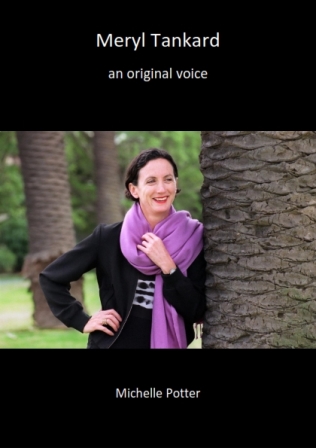
I still have a few copies of my unauthorised biography, Meryl Tankard: an original voice, available for sale. Ordering details are at the end of this post.
The book outlines the story behind Tankard’s magical works. Here are the last couple of paragraphs to my story:
Many people have shared her journeys—her family and friends, her partner in life and art, her audiences, her dancers, and those creative artists she especially admires and who admire her. But there are perhaps two ‘last words’ to this story. One belongs to Meryl Tankard herself: ‘I don’t want to go into a battlefield’, she is reported to have said as she prepared to leave Canberra for Adelaide in 1992. ‘I just want to work’. The second comes from Jim Sharman who recalls seeing Tankard performing for the first time in Wuppertal in 1980: a piece by Pina Bausch, Bausch’s eulogy, or ‘memento mori’ as Sharman puts it, for her recently deceased partner and designer for Tanztheater Wuppertal, Rolf Borzik. Sharman writes:
At one point, a very familiar accent cut the air. Australian dancer Meryl Tankard entered to reminisce about having lost her sunglasses in Venice. It was my first thrilling glimpse of this great artist and future choreographer.
These two comments encapsulate two features of Tankard’s life and work in art. Firstly, her comment about just wanting simply to work highlights her commitment to, and pursuit of excellence no matter what obstacles might be placed in her way or whom she might cross in making her work. Secondly, Sharman’s remark encapsulates Tankard’s ability to couch the serious—in this case loss—behind humour and zaniness. Tankard is perhaps Australia’s one truly original dance voice.
(The ‘battlefield quote’ is from an article by Tracey Aubin in The Bulletin in 1992; the quote by Jim Sharman is from his 2008 autobiography Blood and Tinsel: a memoir).
- The GOLDS
Canberra is in the somewhat odd position of having no professional dance company but of having a strong youth company in QL2 and a group called the GOLDS that consists of older performers (over 55) most of whom have never been professional dancers. The GOLDS, which is directed by the irrepressible Liz Lea, recently gave four sold-out performance at the National Gallery of Australia as part of Canberra’s centenary celebrations. Called ‘Life is a work of art’, the event took place in front of various works of art and I hope to report a little more fully a little later when I have a little more information—I was at the dress rehearsal and no program notes were available. Suffice it to say for the moment that some pieces worked better than others but that as a whole this was a more than interesting event.
- Press for June 2013
Big, bravura dancing program article for the Bolshoi Ballet’s Australian season;
‘Happy in San Francisco’, profile of Luke Ingham in Dance Australia , June/July 2013 with an online teaser;
Background story on Jade Dewi Tyas Tunggal and her latest work, Opal Vapour, published in The Canberra Times on 1 June. [Online link now no longer available]
Review of Garry Stewart’s G published in The Canberra Times on 15 June. [Online link now no longer available]
Review of Opal Vapour published in The Canberra Times on 18 June. [Online link now no longer available]
Michelle Potter, 30 June 2013
